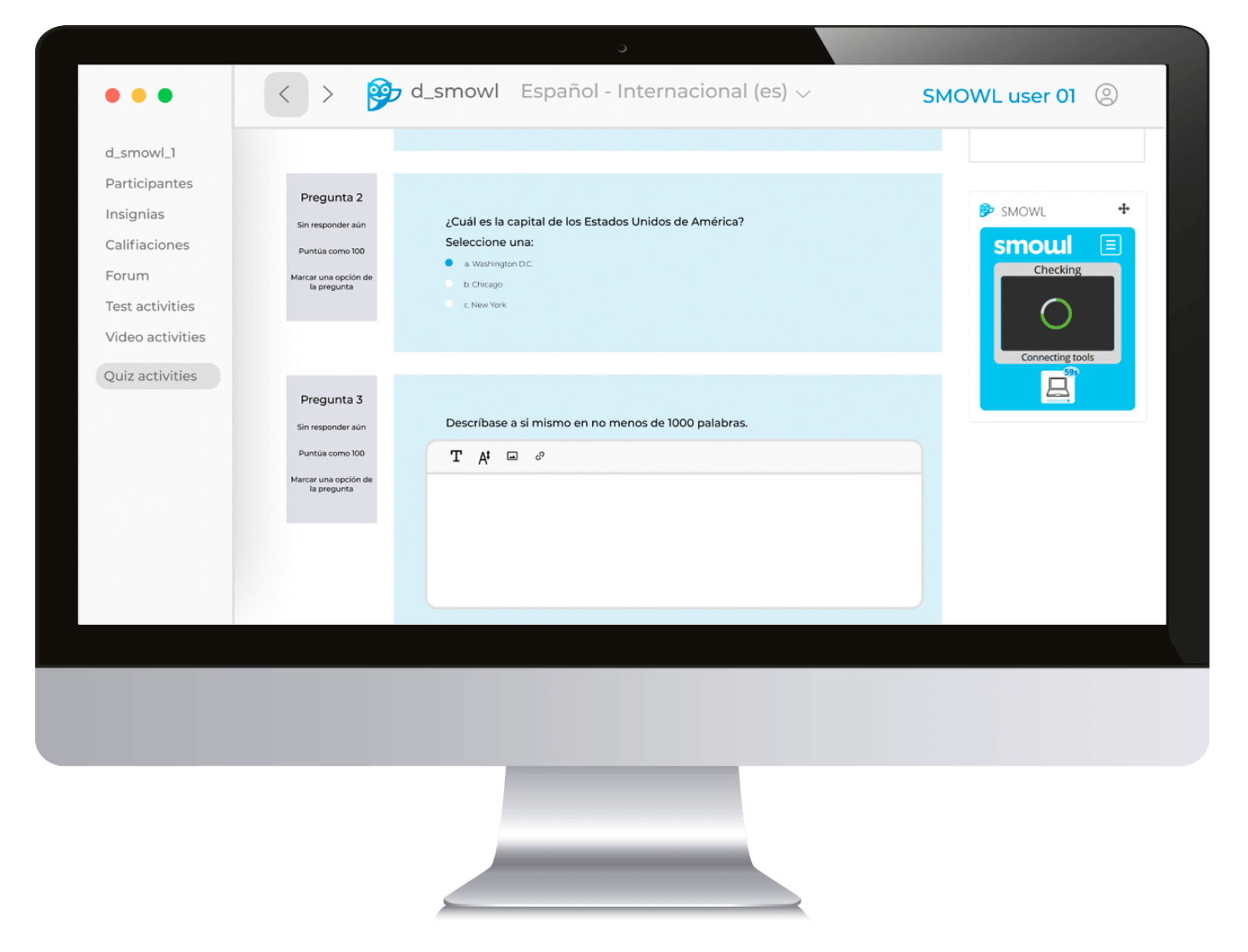Universal accessibility is more than just a concept; it is a gateway to inclusion and equality.
Its significance lies in being a tool that can ensure everyone, regardless of their abilities, can fully participate in society.
In this article, we will explore the fundamental principles of Universal accessibility and highlight examples demonstrating its positive impact.
What is Universal Accessibility?
Universal accessibility, a concept that extends beyond the mere removal of physical barriers, represents the path to a truly inclusive society.
This paradigm asserts that all individuals, regardless of their physical or cognitive abilities, should be able to access and use the same services and environments.
Contrary to common belief, universal accessibility goes beyond specific adaptations for people with disabilities; its aim is to enhance the experience for everyone.

Principles of Universal Accessibility
Universal Accessibility is grounded in several key principles that seek to ensure that everyone, regardless of their abilities or limitations, can fully enjoy environments, products, and services.
These principles act as essential foundations for building an inclusive world.
The fundamental principles are detailed below:
Design for diversity
The first pillar of universal accessibility focuses on inclusive design. This means creating products and environments that cater to the population’s diverse needs.
Whether considering the ergonomics of a space or adapting digital interfaces, designing for diversity is essential for building a society where each individual has the opportunity to participate fully.
Flexibility in use
Flexibility in use is another fundamental principle. An adaptable design ensures that everyone, regardless of their abilities, can effectively and comfortably use services. This approach benefits not only people with disabilities but also enhances the experience for all users.
Do you want to stay on top of the latest trends in eLearning, EdTech, and Human Resources?
Fill out the form to receive our weekly newsletter with industry insights from our experts.
Simplicity
Simplicity in design is key to universal accessibility. Information should be easy to perceive and understand. By simplifying the presentation of data and navigation, it ensures that the environment is accessible to all users, regardless of their abilities.
Error tolerance
Error tolerance recognizes the human nature of making mistakes.
In accessible environments, errors should not have severe consequences and should be easy to correct. This benefits everyone, as we are all prone to making mistakes.
Robustness
Accessibility robustness involves the ability of systems to adapt to evolving technology. For example, an accessible website should be equally functional on different devices and platforms.
In adopting these principles, we not only engage in an ethical act but also invest in building a more equitable and accessible future for all.

Inspiring examples of Universal Accessibility
Universal Accessibility manifests inspiringly through concrete examples demonstrating how inclusive design can transform lives. Let’s explore some inspiring cases:
Inclusive parks for children
Inclusive parks for children are a shining example of universal accessibility. Designed to allow all children to play together regardless of their physical abilities, these parks incorporate structures and games accessible to children with and without disabilities.
This not only promotes inclusion from childhood but also creates more united communities.
Adaptive transportation systems
In the realm of transportation, adaptive systems represent a significant advancement. Cities that have implemented universally accessible buses and trains, including ramps, audible announcements, and designated spaces, have improved mobility for people with disabilities and those with strollers or heavy loads.
Assistive technology at home
Assistive technology at home is another notable example. From voice-controlled devices to automation systems, these technologies enable people with disabilities to perform everyday tasks independently. This not only enhances quality of life but also empowers users.
Cities with inclusive signage
Cities with inclusive signage have adopted a holistic approach to ensure information is accessible to everyone.
Understandable pictograms, braille information, and high-contrast signs facilitate navigation for all, especially in complex urban environments.
Advancements in wearable technology
Advancements in wearable technology have significantly contributed to accessibility. Devices like smartwatches offering voice navigation and tactile alerts have improved independence and connection with the environment for people with visual impairments.
Initiatives in accessible web design:
In the digital world, initiatives in accessible web design are crucial. Websites incorporating features such as alternative text for images, clear navigation, and contrast options make online information accessible to everyone, regardless of their abilities.

Impact of Universal accessibility on society
The implementation of universal accessibility not only benefits people with disabilities but also enriches the entire society.
By eliminating barriers, we create an environment where diversity of perspectives and experiences strengthens the foundations of an inclusive community.
Each of us can contribute to this cause. By demanding and supporting accessible products and services, we advocate for a world where inclusion is the norm.
From sharing information about inclusive initiatives to endorsing companies committed to accessibility, our actions significantly impact building a more accessible and equitable world.
At Smowltech, we strive to create tools that enhance accessibility, inclusion, and barrier-free access to education.
From this concept emerged SMOWL’s proctoring plans, allowing entities and companies to train and certify their users securely from anywhere.
Request a free demo to discover how you can securely and accessibly supervise your exams and certifications for all your students or employees.
8 interesting facts about proctoring
Fill out the form and download the guide where we cover everything about online monitoring and help you choose the best software.







